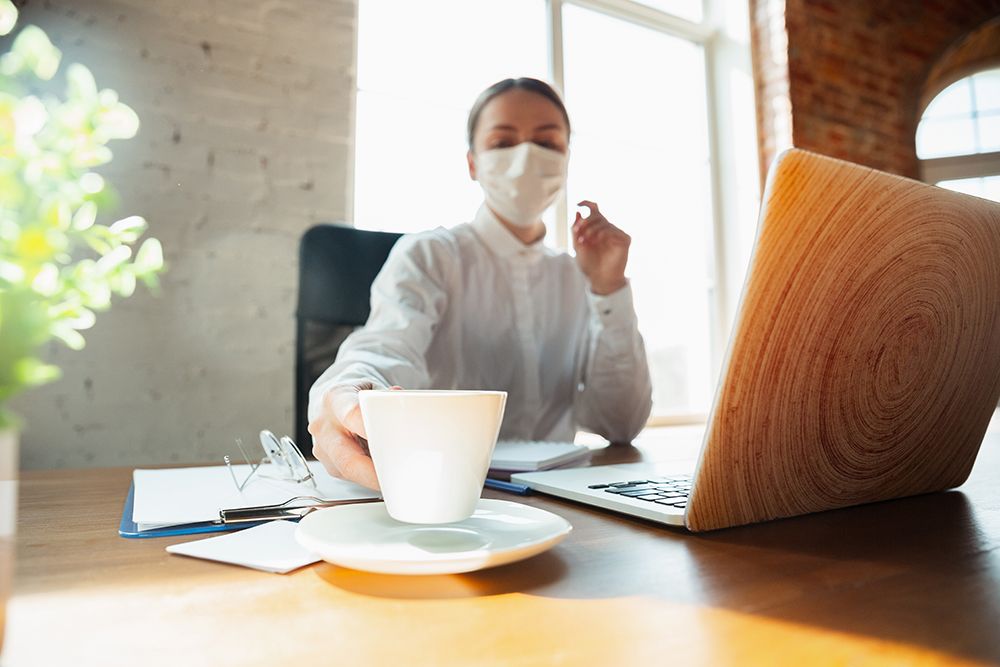The COVID-19 pandemic has undoubtedly raised the awareness of how easy germs and viruses can spread within communities and shared spaces. As companies commence their workplace re-entry programs, considerations on how they can protect their employees within the space become the top priority in the new normal.
While the extent of the changes in the post-pandemic office is still uncertain, workplace strategists and experts argue that this event will accelerate the digital transformation of companies, allowing faster adoption of advanced workplace technology.
The rise of smart technology
Many businesses adapt to the new normal by incorporating innovation and advanced technology in the office. Majority are transitioning to create a contactless (or at least a low-touch) office experience as it becomes the new standard for the health and security of their employees.
Given this shift in focus, the unprecedented rise of smart technology in offices and commercial buildings will be very apparent in the new normal. Smart offices are workspaces that utilize automated processes to enhance building operations, from air conditioning and heating, lighting, and security. All of these conveniences will start to be the standard in eliminating and reducing risks after the recent pandemic and other health threats.

Replacing touch with gesture
Since the World Health Organization reported that viruses can be contracted from contaminated surfaces, offices will seek to limit contact in operating key equipment such as printer screens, elevator buttons, door handles and replace them with technology-enabled by sensors. Workplace strategists expect more sensor-automated doors and screens to be more common moving forward that removes the need for touching handles or pressing buttons.
Eliminating high-contact surfaces
As employees return to the office, they are likely to be conscious of the threat that even the smallest element of the shared environment can produce. Building developers and commercial institutions should consider the benefits of new advancements in technology such as voice or motion-activated technology.
Implementing solutions such as voice-controlled elevators, remotely operated printers, and increased use of sensors throughout offices would substantially reduce workplace risk. In more secured offices, emerging technologies such as facial recognition can further reduce contact and exposure among colleagues.
Hospital-grade workplace
In the longer term, many experts have predicted that people are becoming more aware of contagious diseases and how fast viruses can spread in offices and other shared spaces. The community built inside the workplace could have elements similar to a hospital. From going for materials and surfaces that can withstand heavy cleaning to installing industry-grade air filters, offices in the new normal will prioritize maintaining a clean, safe, and healthy space for its occupants.
Future-forward commercial establishments such as JEG Tower @ One Acacia, utilize the Minimum Efficiency Reporting Values or MERV filters that can capture particles in the air from 0.3 and 10 microns (µm). Higher value in MERV ratings leads to better filtration, fewer dust particles, and other airborne contaminants.
JEG Tower utilizes the MERV13 filter, which is one of the highest-grade filters in the industry. It promotes a healthy breathing environment, and it will not allow the growth of bacteria, mold, mildew, or fungi. Some MERV filters can even filter pollen, dust, and microscopic droplets in the air to a certain extent.




